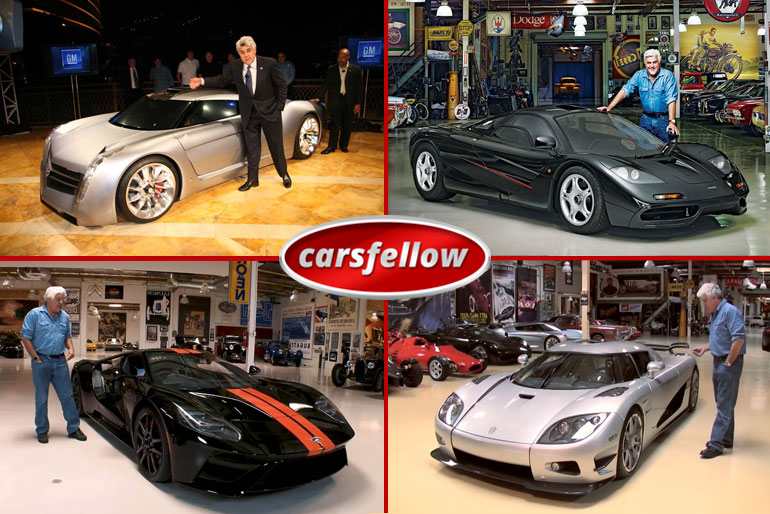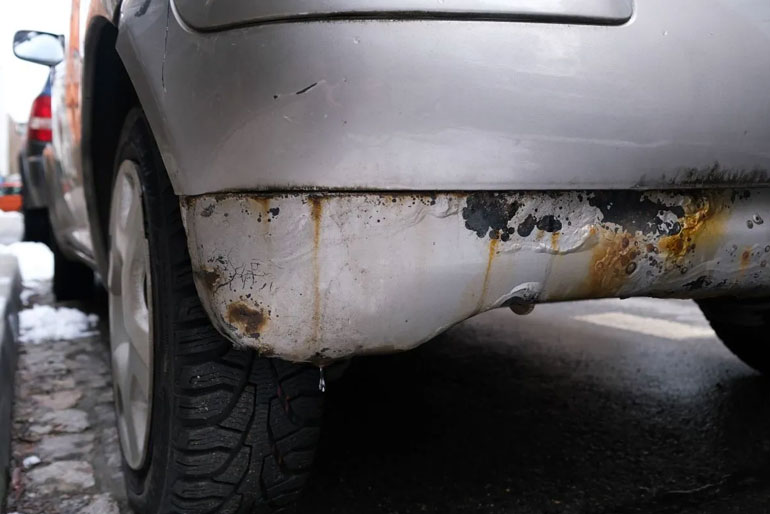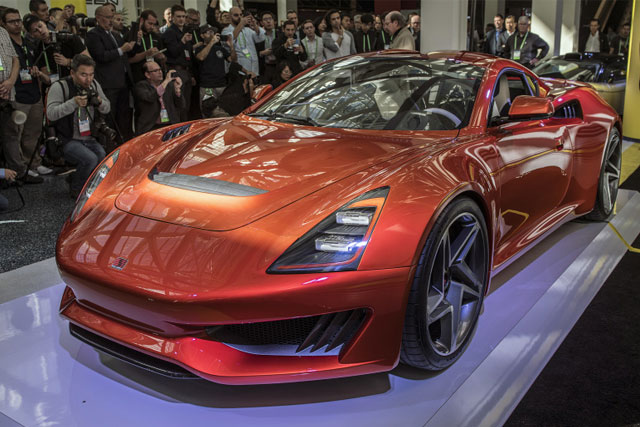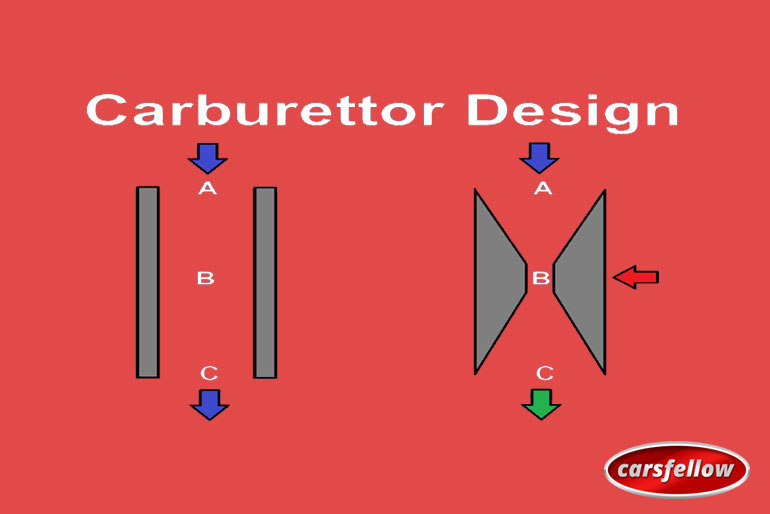The basic science behind most vehicles is motion which is equal to the fuel plus air. But how much air and fuel exactly an engine need depends on various factors. Nowadays, many clever gadgets are invented to mix the exact and proper ratio of fuel and air.
A carburetor is an essential device used to make a homogenous mixture of air-fuel incorrect ratio for proper combustion.
What is Carburetor?
A carburetor is a device that atomizes and vaporizes the fuel and mixes it with air in variable proportions to suit the varying condition of a spark-ignition engine. The fuel and air mixture produced by the carburetor is called an explosive mixture. Almost all Si engines used the carburetors for their air-fuel mixture charge.
Design Of Carburetors
Following parts design a simple carburetor:
-
Float Chamber
The float chamber is like a service tank or called the storage tank. Its primary purpose it supplies the fuel continuously for making the air-fuel mixture. The presence of the float valve makes sure the level of the fuel in the float chamber.
As the level decreased in the float chamber float valve operates. It moves downward and opens the fuel supply, and allows the flow of fuel in the chamber. The float moves upward and closes the fuel supply on increasing the fuel level in it. Therefore, the fuel level must be maintained below the discharge outlet to prevent overflow.
-
Mixing Chamber
The mixture of air and fuel occurred in the mixing chamber. It is then supplied to the engine cylinder.
-
Throttle Valve
A throttle valve is a kind of butterfly valve and an essential part of the carburetor. It is used to control the quantity of air-fuel mixture, which ensures the speed of the vehicle. If the valve is fully open, more mixture burns in the cylinder and gives more output. The accelerator of the vehicle operates it.
-
Strainer
As the name suggests, it is a kind of filter device used to removes dust and suspended particles in the fuel. These particles can make a blockage in the nozzle if not removed. It consists of fine wire mesh.
-
Venturi
Venturi is the part that controls the air pressure of the chamber. It is gradually decreasing cross-sectional hollow tubes.
-
Metering System
The metering system consists of two main parts. The first part is called a metering orifice, and the second one is known as a fuel discharge nozzle. This system controls the flow of the fuel in the nozzle.
This system works on the principle of pressure difference. When air passes through the venturi, it generates low pressure at the throat compared to the pressure at the float chamber. This pressure difference allows the fuel to discharge in the air stream. A metering orifice is responsible for controlling the quantity of fuel.
-
Idling System
The Idling system provides a rich mixture during idling at low speed. When the throttle is open below 15%, it works. The idling system consists of a passage from the float chamber to the venturi tube.
-
Choke Valve
The choke valve is the same in construction as the throttle valve, but it is mounted at the entrance of the venturi tube. In cold weather, it provides a vibrant mixture. The choke valve controls the airflow through the venturi tube.
It works on the principle that if the choke is fully open, it allows the average airflow through venturi to form a typical mixture. The choke will close partially to make a rich mixture. It results in a low airflow through the venturi and a large amount of fuel through the discharge nozzle.
Parts with Special features of Modern Carburetors
-
Throttle Returns Check
The vacuum is produced when the throttle valve suddenly on an engine runs at a very high speed. That causes to draw exhaust intake in the engine. A misfiring or even stall problem can occur due to this. A throttle returns check valve connected to the throttle in modern carburetors to prevent this problem.
-
Anti-Dieseling Solenoid
Anti-dieseling solenoid is used in the modern carburetor to avoid the pre-ignition. The engine usually runs hotter, which produces hot spots on the combustion chamber. These hot spots are the cause of pre-ignition in the chamber.
-
Automatic Mixture Control
Automatic mixture control is computer control and operates the solenoid; as the solenoid is turned on, the fuel supply to the jet increases. On turning off the solenoid, the spring pushes the valve down to decrease the fuel supply. It operates according to the signals received by it on engine speed, coolant temperature.
Working of Carburetor
- All the parts mentioned above work together to properly perform a standard function of providing a homogenous air-fuel mixture.
- Firstly the supply of fuel to the float chamber through a filter. It works as a filter to stop the dust and suspended particles from the float chamber to avoid choking.
- In the float chamber, the float maintains the level of the fuel. If the level decreases from the designed limit, the float goes down to open the fuel supply. When the fuel reaches the designed limit, the float goes up to close the fuel supply into the float chamber.
- A fuel discharge nozzle connects the venturi tube’s float chamber to avoid the overflow from the float level when the engine is not running.
- Venturi is a tube of decreasing cross-section, and it has a minimum area at the throat. At that point of the throat, the nozzle is connected to the fuel supply. At that point of the throat, the air has maximum velocity. Due to that high velocity, the pressure at that point below floats chamber pressure.
- Carburetor depression is created due to this pressure difference between the float chamber and the venturi tube. It will produce a driving force, which drives the fuel and discharged it into the air stream.
- The desired air-fuel ratio is obtained from the metering system and the size of the discharge jet.
- The SI engine is known as a quantity governed engine. The throttle valve controls the quantity of the fuel-air mixture into the cylinder.
- The idling system provides the extra fuel to the venturi tube when required rich mixture.
Types of Carburetor
According to the direction in which the mixture is supplied, there are three types of carburetors.
- Horizontal Type Carburetor: A horizontal type carburetor is that in which air is supplied from one side.
- Up-draft carburetor: Updraft type is one in which air is supplied from the bottom of the mixing chamber.
- Down-draft type carburetor: If the air is supplied from the mixing chamber’s above side, it is called a downdraft carburetor.
Advantages of the Carburetor
- A better and more air-fuel mixture is obtained with carburetors.
- As compared to the fuel injectors, the carburetor parts are not so expensive.
- Carburetors have more precision and power when a vehicle is on the road test.
- Carburetors produced a denser mixture in the chamber as they are not restricted by the amount of gas pumped from the fuel tank. Therefore produced a greater power.
Disadvantages of the Carburetor
- Changes in the atmospheric pressure significantly affect the working of carburetors.
- Carburetors required some arrangements, as, at low speed, the mixture supplied by carburetors is weak and does not ignite properly.
- Emit more air than the fuel injectors.
- Fuel consumption is much as carburetors are heavier than fuel injectors.
- The maintenance costs of a carburetor are also very high.
Conclusion
The carburetors are now outdated. We can’t deny that carburetors are a significant part of automotive history and operate cleverly. A carburetor is the basis of all the innovations we see today.







